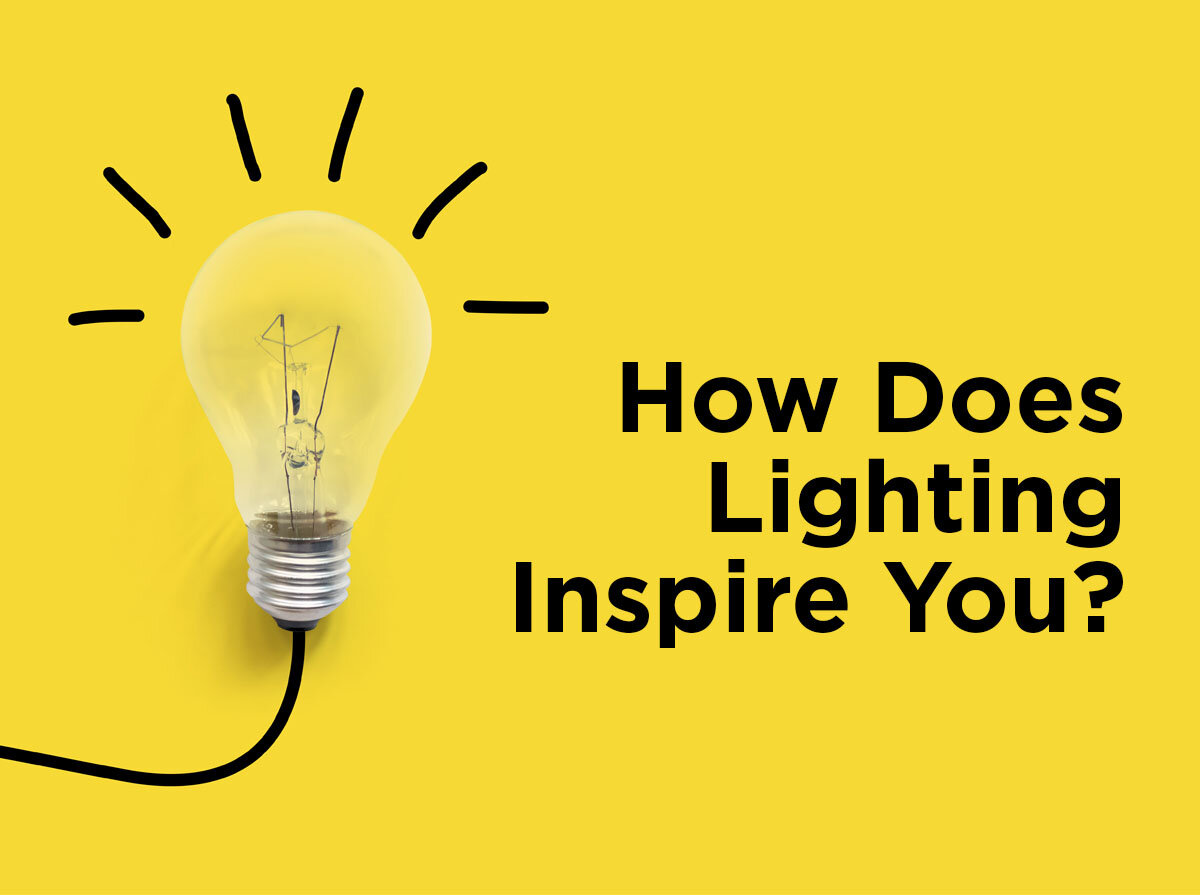A Guide to Energy-Efficient Office Lighting
As you can imagine, office buildings consume a pretty substantial amount of energy. According to Southern California Edison, the average commercial office building uses about 30 percent of that consumed energy on lighting. Because lighting does make up such a large portion of energy spent in commercial buildings, the energy efficiency of office lighting is an important factor that should be taken into consideration. By making a few lighting updates, ranging from major to minor, your office could decrease its electricity consumption.
Update Overhead Lighting
If your office still uses incandescent or old fluorescent lighting in large overhead fixtures, it could be time for a much needed update. While fluorescent bulbs do consume less energy than incandescents, they still can’t match the energy savings of LEDs. LED lighting uses about 75 to 80 percent less energy than incandescent light sources and last much longer, too. To replace large fluorescent troffers, you can use LED light panels, which will work just as well and use only a fraction of the energy.
If you have T12 fluorescent lighting, upgrading to T8 fluorescent tubes will make a huge difference in energy savings and light quality. However, if you want to make an even bigger difference in energy savings, switch to 18-watt T8 LED bulbs to replace your 32-watt T8 fluorescents. Over the life of a T8 LED, you can expect to save $77 and make up the entire cost of the lamp in approximately 28 months. They also produce virtually no heat. The less heat being produced in the building, the less you’ll be blasting the air conditioning to try and balance the temperature. They are also available in color temperatures ranging from warm white to stark white to accommodate your particular preference.
Efficient Accent Lighting
Whether it’s track lighting to accentuate your company logo or wall sconces that give your conference room stylish flair, most offices use some form of accent lighting. LED technology has advanced to the point where you can find an LED replacement in a variety of bulb shapes, color temperatures, and lumen outputs to replace incandescents or fluorescents in just about any existing light fixtures. If your wall sconces use incandescent E12s, switch them out for LED candelabra bulbs. The same goes for MR16 track lights or your recessed downlights - the possibilities are endless!
For some ideas on innovative accent lighting, check out our previous blog on where to use LED tape light. It’s a perfect solution for lighting coves, shelving, and other places that will give your office space a modern and unique look.
Control the Lights
Because many people stay within the vicinity of their desk or a designated department to do their jobs, there are some areas of the building that don’t require constant lighting, such as restrooms, break rooms, or supply closets. Installing motion sensors in these less occupied areas is a convenient way to monitor the amount of light being used. If you’re lucky enough to have your own personal office, you could also install a dimmer switch to customize the light levels at any given time while curbing electricity use and extending the life of your office’s lighting.
Low-Wattage Signs
Safety lighting, such as emergency and exit signs, are imperative to the lighting design of any commercial building. These signs are using energy 24/7, so why not find exit signs that use as little as possible? LED exit signs can last up to 25 years and come in an array of designs that will complement the design of your office space. An even more energy-efficient efficient option is photoluminescent exit signs. These signs don’t require any electricity use and recharge when exposed to external light sources.
What are some other ways offices could be more energy efficient? Leave us a comment letting us know, or send us a message on Facebook, Twitter, or LinkedIn!







